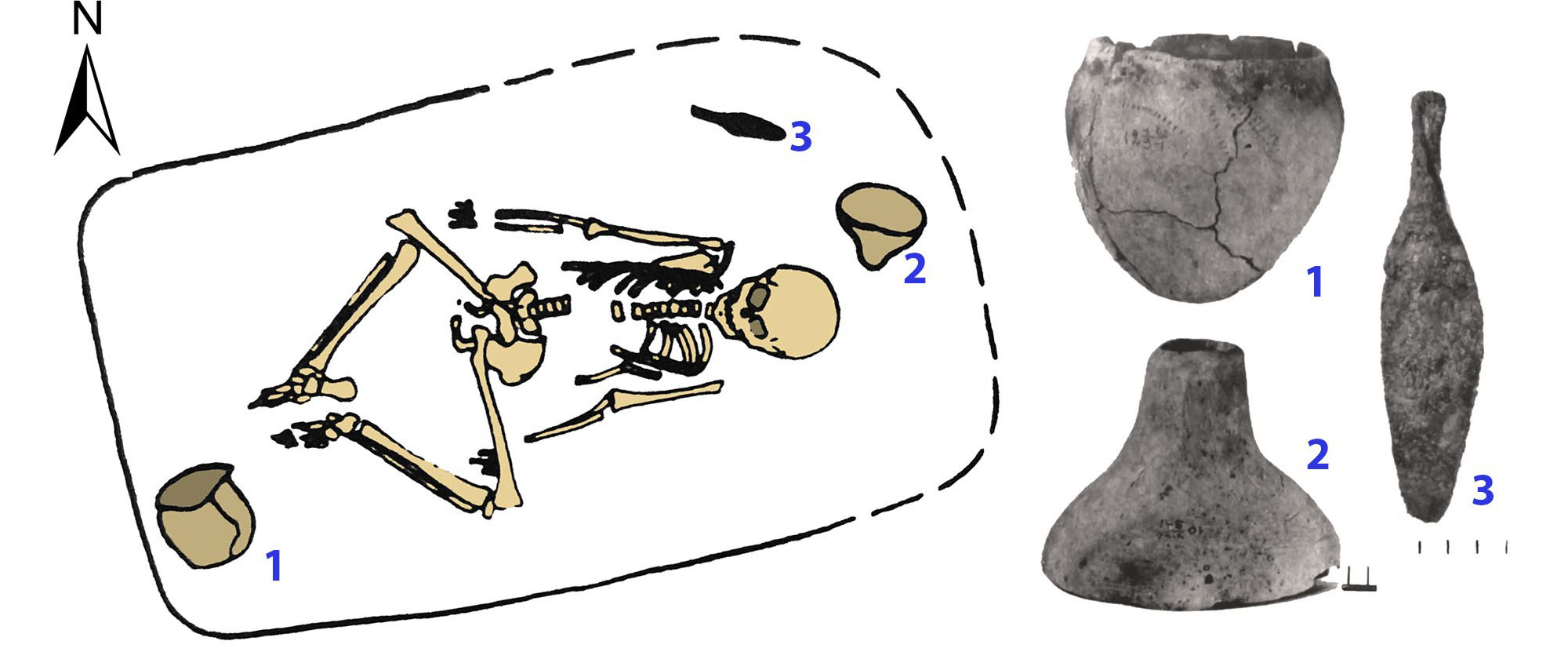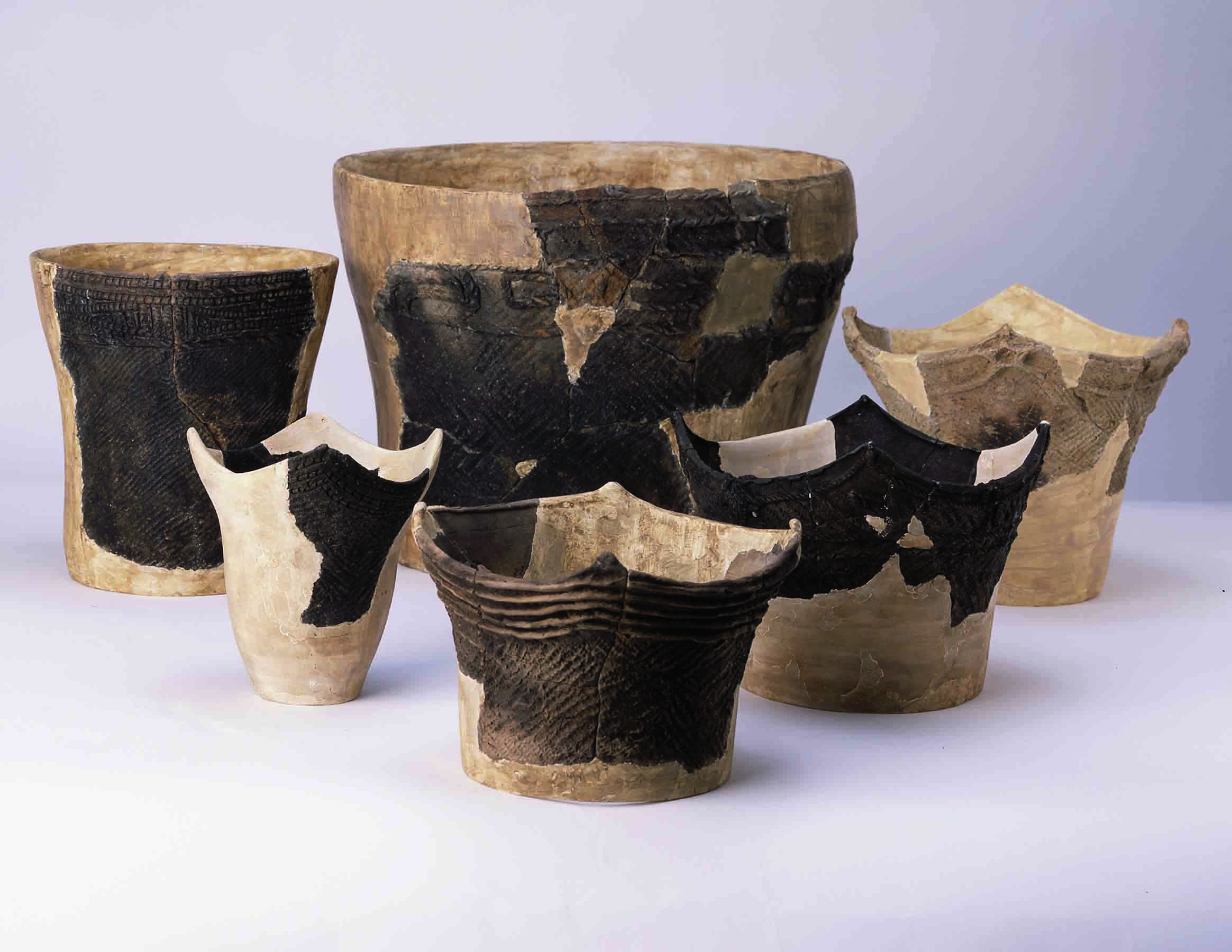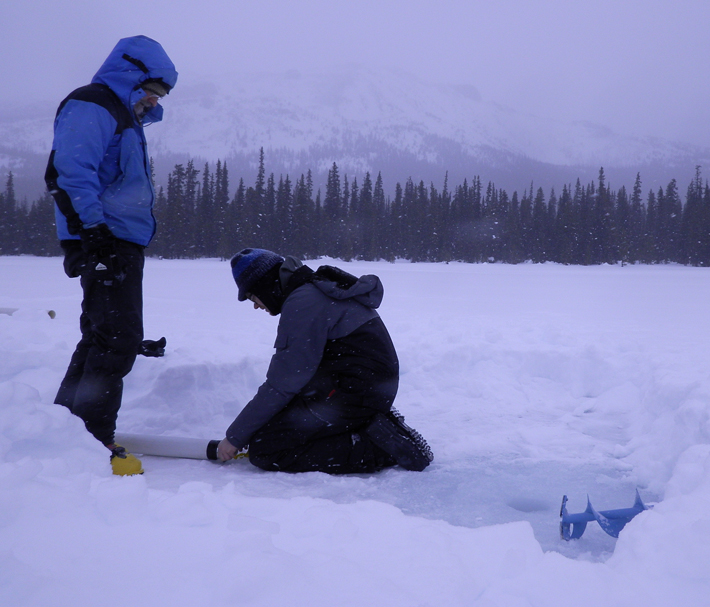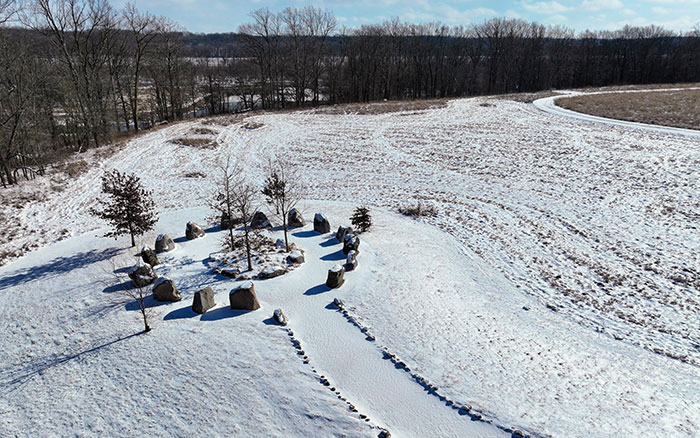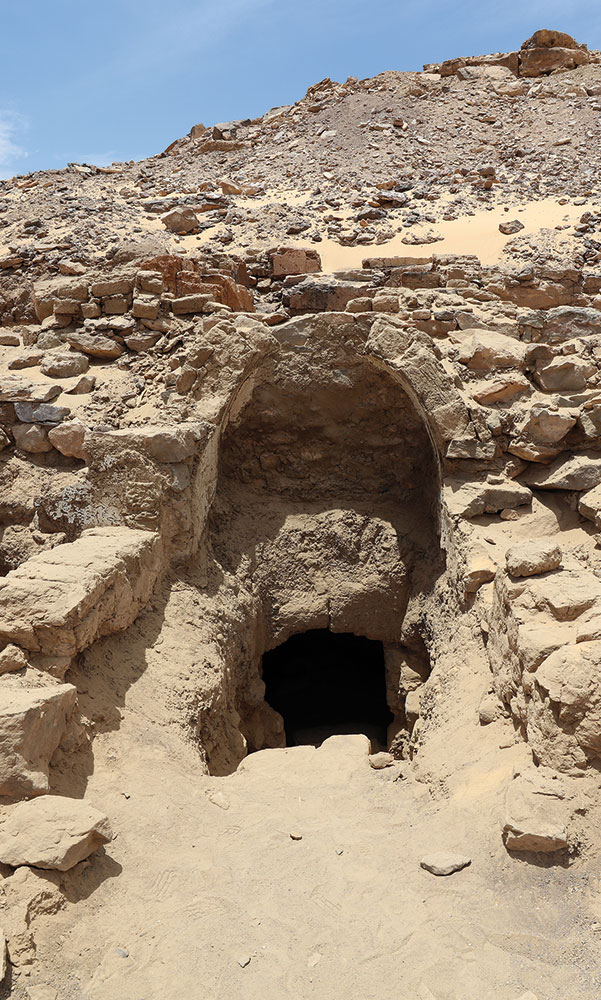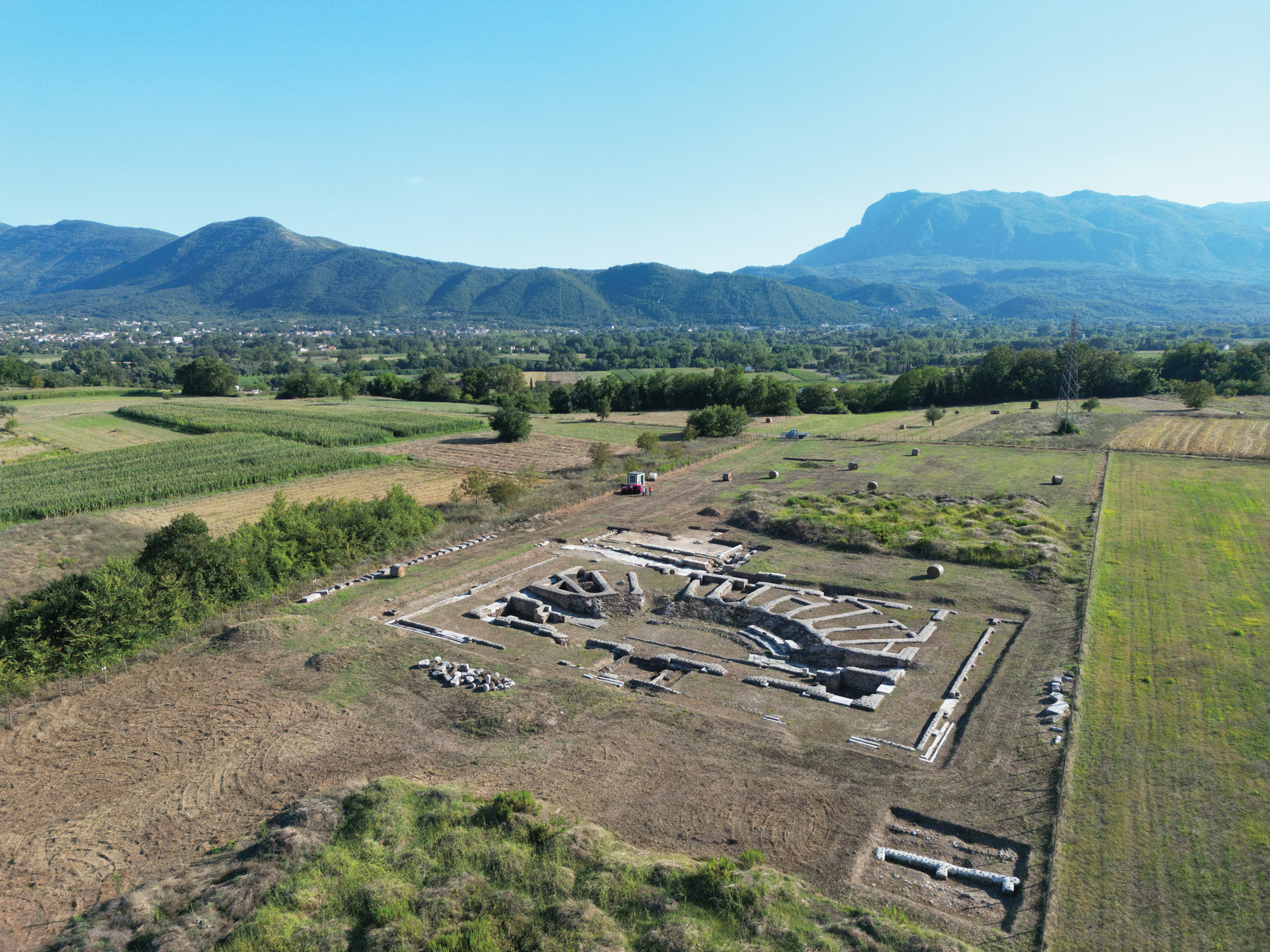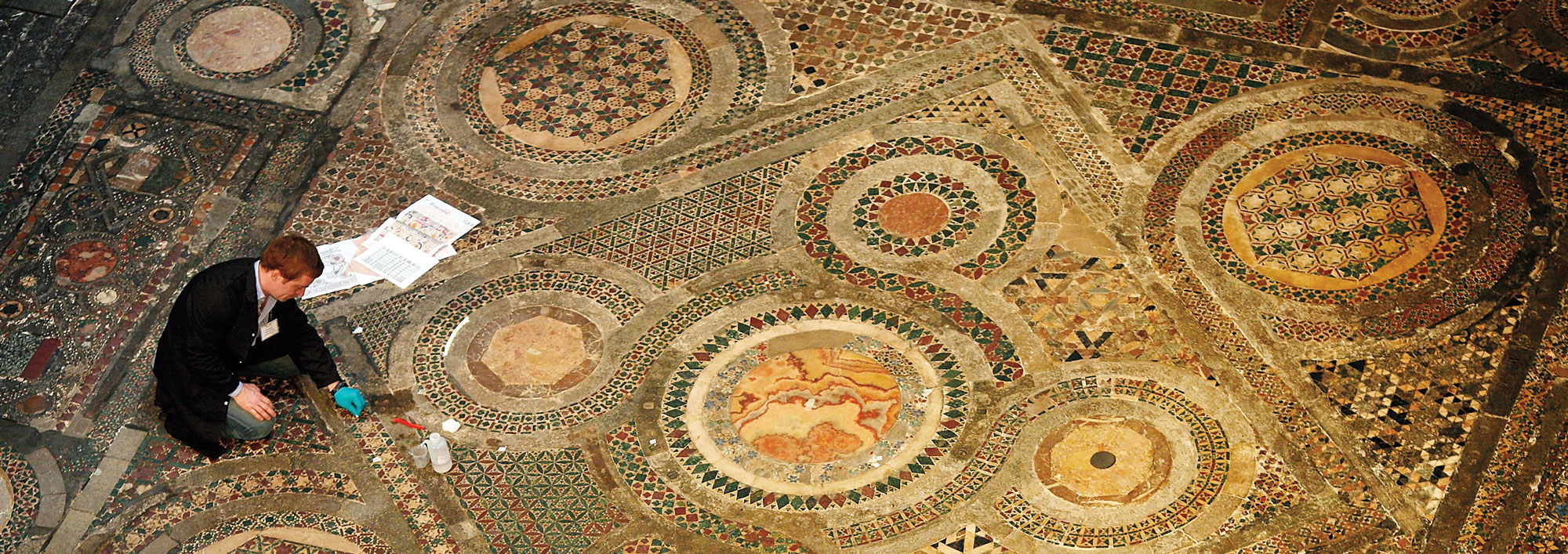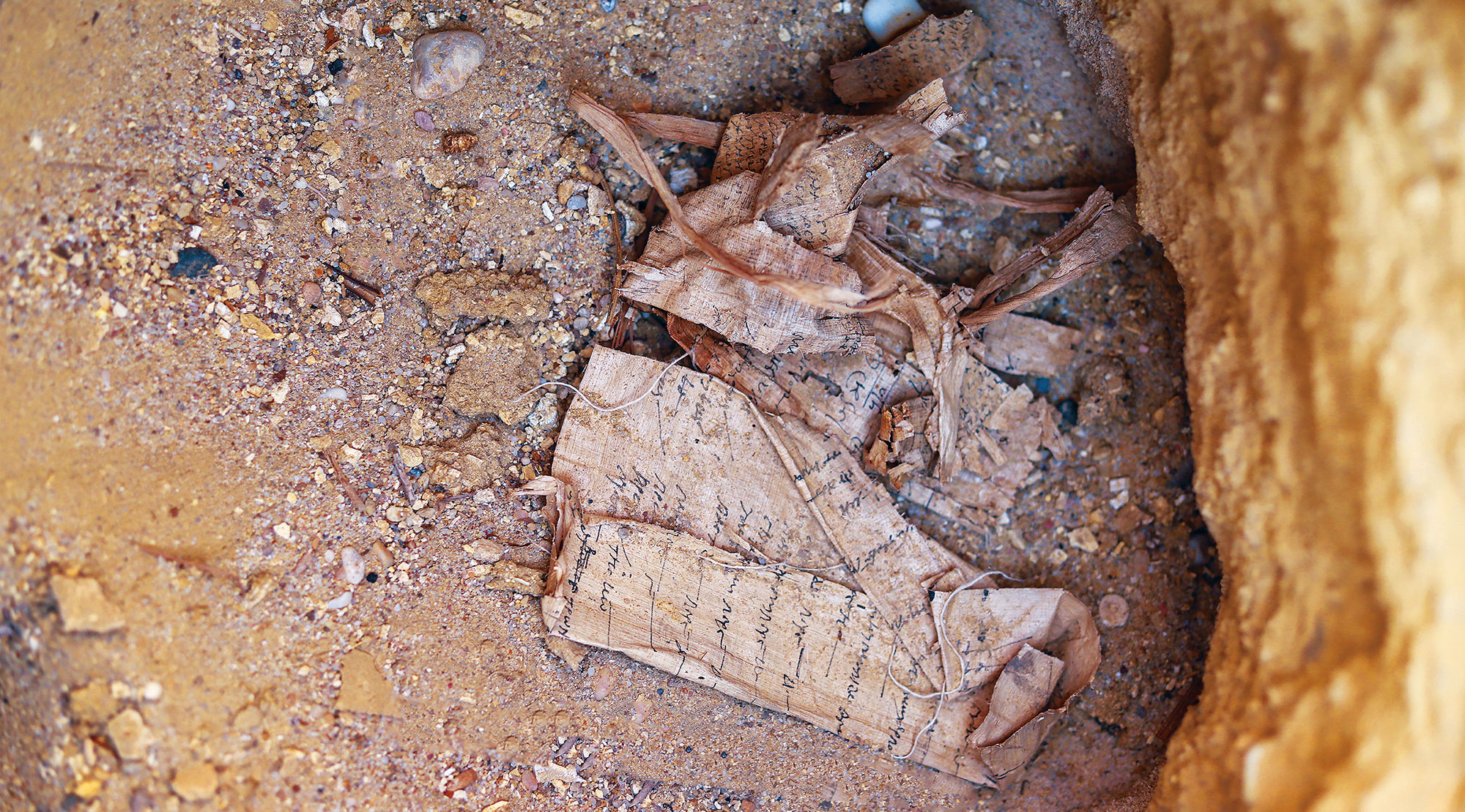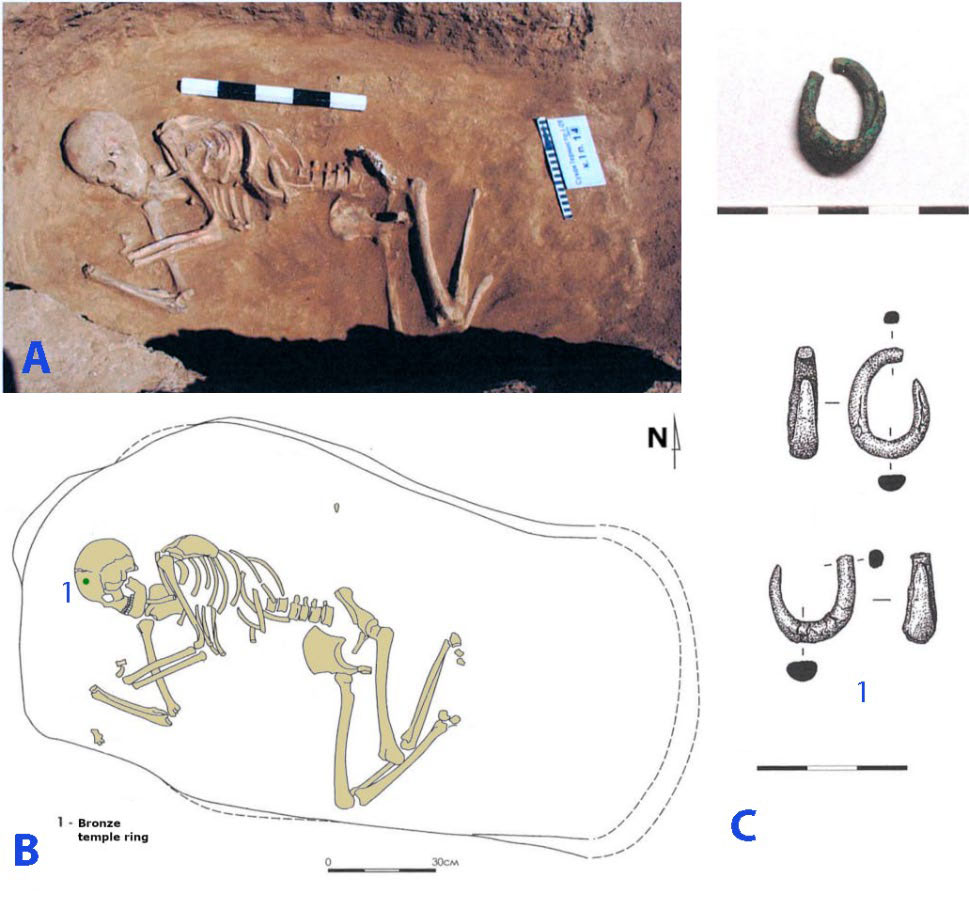
VIENNA, AUSTRIA—According to a SciNews report, analysis of DNA samples taken from 435 individuals whose remains were recovered from archaeological sites in Eurasia, and dated to between 6400 and 2000 B.C., has identified a previously unknown group of people. Called the Caucasus-Lower Volga (CLV) population, this group lived between 4500 and 3500 B.C. in the steppes between the North Caucasus Mountains and the Lower Volga region. The CLV are now thought to have been ancestors of Anatolians, including the Hittites, whose DNA samples had not been found to carry any steppe ancestry from the Yamnaya culture in previous studies. The Yamnaya of the Pontic-Caspian steppes, who expanded into Europe and Central Asia some 5,000 years ago, were also found to have acquired about 80 percent of their ancestry from the CLV. “The Caucasus-Lower Volga group therefore can be connected to all Indo-European-speaking populations and is the best candidate for the population that spoke Indo-Anatolian, the ancestor of both Hittite and all later Indo-European languages,” said Ron Pinhasi of the University of Vienna. To read more about Indo-European cultures and languages, go to "Wolf Rites of Winter."


